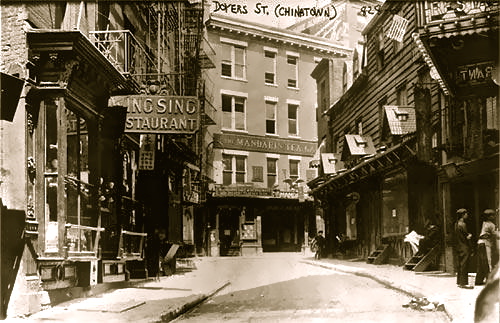
Housewives were constantly "picking-up" and "putting-away" simply to keep themselves and their families functioning in the limited space they had available. Inevitably, therefore, domestic and family life was a constant struggle to keep tidy and well-organised when there was no space for clothing or possessions and when furniture used for seating during the day had to be converted into sleeping accommodation at night. In an age that recognised death through elaborate funerals and complex mourning rituals, the death of a loved one could impose a major financial burden on a family and the shame of a pauper burial was keenly felt.Ī national survey of 1902 revealed that Glasgow was the most overcrowded city in Britain and the situation actually got worse in the first decade of the new century as slum clearance was not matched with new house building. Most families, be they rich or poor, experienced tragedy and grief arising from the death of children or the loss of a parent while children were still young. Even in the 1890s one in seven babies died in Glasgow, mainly from the common diseases of childhood such as measles and diarrhoea. The young and the old, the vulnerable in society, suffered most from the effects of poor living conditions. Air quality was bad due to industrial pollution and coal fires, which is why the middle classes migrated up-wind to the West End. The 1830s witnessed major cholera outbreaks in Glasgow as elsewhere, affecting rich and poor alike. Simply living in the city was damaging to health. All of these circumstances took a massive toll on physical well-being, and left men and women in broken health and old before their time. Work-related injuries were commonplace and many workers in manufacturing suffered the effects of the noxious substances with which they had daily contact. Hours of work were long much work involved hard physical labour and many people still worked out-of-doors. The working lives of ordinary Glaswegians inevitably affected their health. Standards of living improved gradually in the later decades of the century but nutrition-related ill-health remained pervasive and visible in such conditions as rickets - causing bone damage to up to a third of Glasgow's children - and consumption, a chronic and debilitating respiratory condition. If you walked through the busy streets of this teeming city, the rich were easily differentiated from the poor because they were tall. A School Board survey of 1906 revealed that a 14 year-old boy living in a poor area of Glasgow was, on average, 4 inches shorter than a similar-aged child from the city's West End. Poor nutrition led to chronic states of physical inefficiency among the working population.

It only recovered to early 19th century levels in the 1880s, when killer diseases such as typhus were finally brought under control. Indeed, between the 1820s and 1830s the average age of death in Glasgow, already low at about 42 years for men and 45 for women, fell by about five years. Life for the poor in overcrowded, industrial cities such as Glasgow was especially likely to be influenced by sickness and early death. Everyday experience, regardless of income, was shaped by ill-health.


 0 kommentar(er)
0 kommentar(er)
